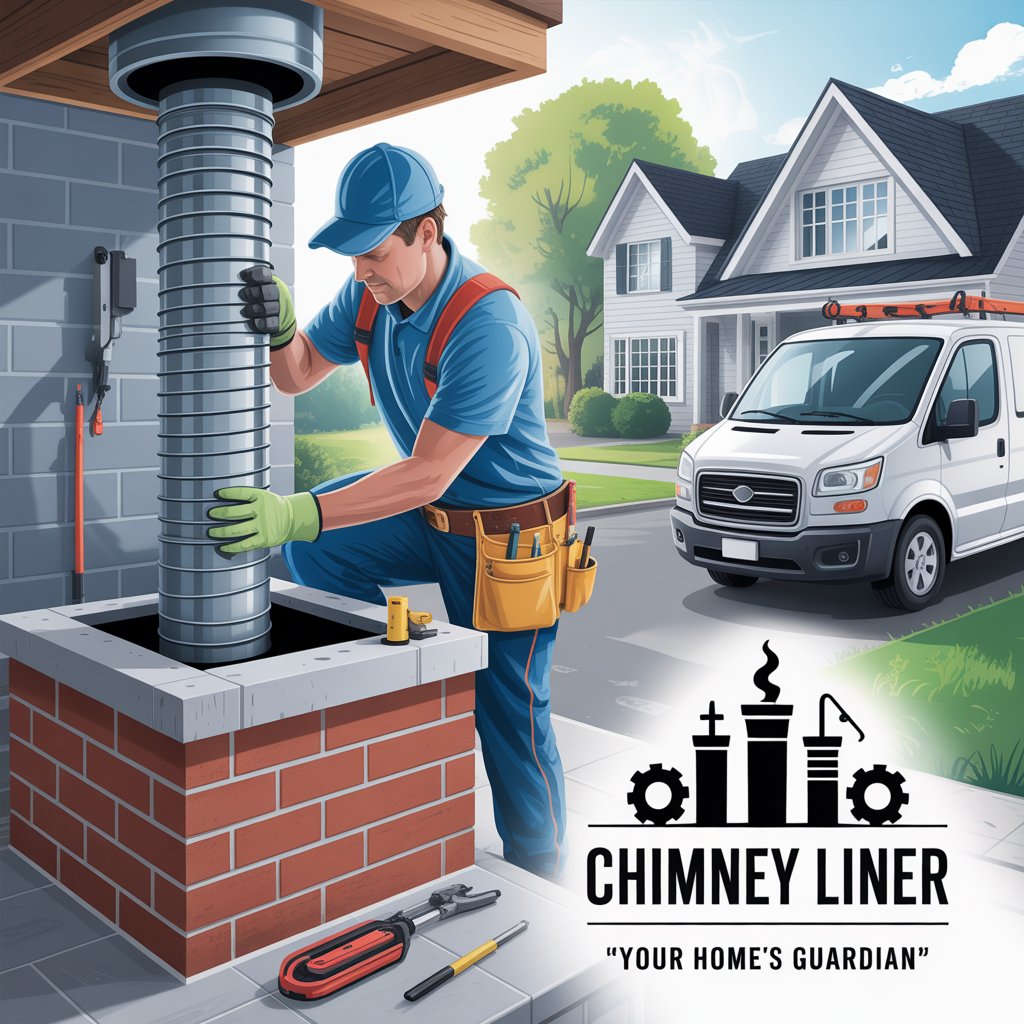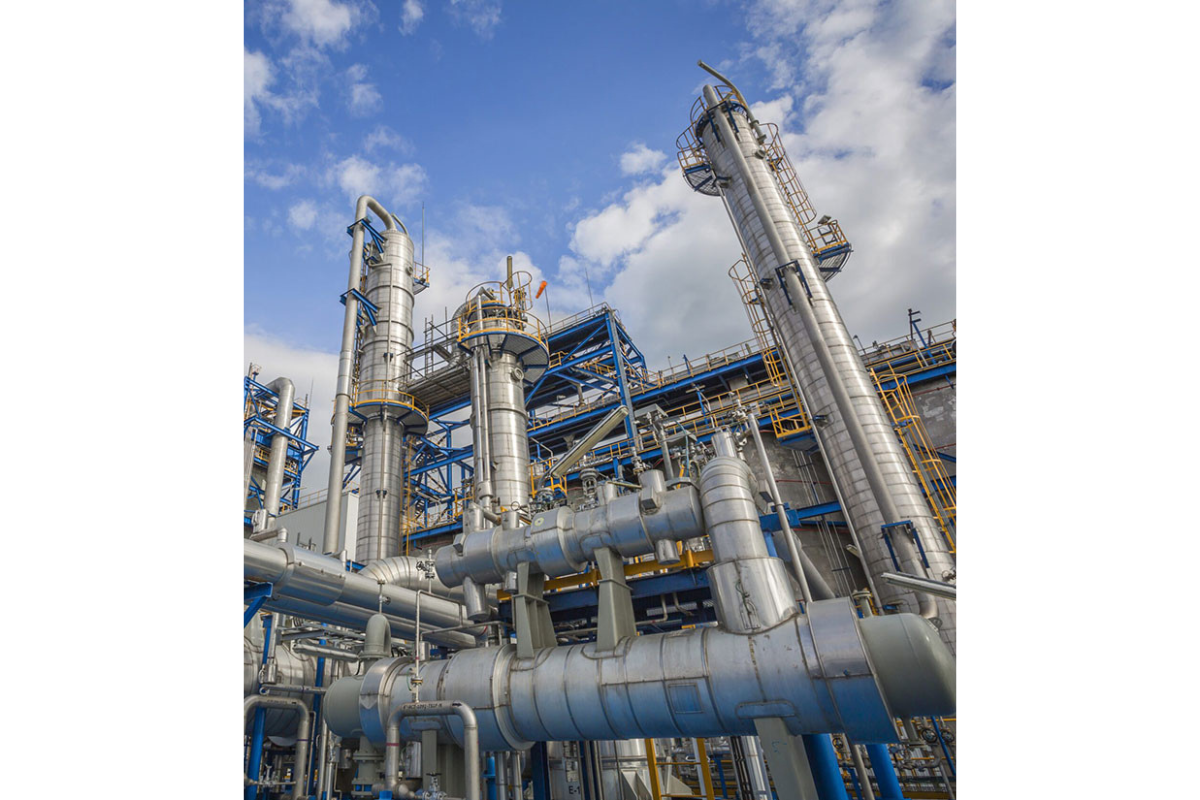Winter brings the promise of cozy fires, but it also demands that every part of your fireplace system be in peak condition. Among the most vital yet often overlooked components is the liner that safeguards your chimney’s internal structure. If neglected, this element can lead to hazardous situations, costly repairs, or diminished heating efficiency. As the temperature drops, ensuring the reliability and performance of your chimney liner is not just a recommendation, but a necessity.
Why It Matters
The chimney liner serves as a protective barrier between the high heat, corrosive byproducts of combustion, and the actual masonry or metal walls of the chimney. Its primary function is to prevent heat transfer to nearby combustibles and to channel smoke and gases safely out of your home. A compromised liner can result in dangerous situations such as house fires, carbon monoxide intrusion, or deterioration of the chimney structure. The National Fire Protection Association (NFPA) underscores that a properly maintained liner is fundamental to fire safety and effective fireplace operation. If your home experiences frequent fires in the winter months, the importance of a functional liner cannot be overstated.
Common Problems
Chimney liners, whether clay, metal, or cast-in-place, are susceptible to a range of issues over time. Cracking is common in older clay liners due to years of thermal expansion and contraction. Metal liners can corrode, especially if exposed to moisture or acidic byproducts. Gaps, blockages, and spalling are also prevalent issues that may go unnoticed without a proper inspection. Animals nesting, creosote buildup, or debris accumulation can further restrict airflow, increasing the risk of smoke backing up into the living space or even triggering a chimney fire. Each of these concerns not only reduces efficiency but poses a direct risk to the occupants’ health and safety.
Key Benefits
Maintaining a well-functioning chimney liner offers multiple advantages, particularly in the colder months. A sound liner enhances the overall efficiency of your fireplace or heating appliance by ensuring optimal draft and airflow. It also safeguards the chimney walls from corrosive acids, prolonging the lifespan of the entire structure. Proper lining minimizes the risk of chimney fires, blocks harmful gases from entering your home, and helps reduce costly future repairs. For those using modern high-efficiency stoves or inserts, a liner ensures that the system operates within manufacturer specifications. Investing in maintenance and timely repairs can yield both immediate safety improvements and long-term savings.
The Role of Local Chimney Sweep And Cleaning
When it comes to ensuring your chimney is winter-ready, professional intervention is indispensable. A certified local chimney sweep and cleaning service is equipped to perform comprehensive inspections, identify hidden problems, and carry out necessary cleaning or repairs. These experts use specialized tools and camera equipment to assess the condition of the liner, checking for cracks, corrosion, or blockages that are not visible from the outside. Regular cleaning removes flammable creosote, reducing fire risk and improving overall performance. Professional sweeps can also recommend and install appropriate liner upgrades when necessary. Their services align with standards set by the Chimney Safety Institute of America (CSIA) and the NFPA, providing peace of mind as winter approaches.
Cost Breakdown
Understanding the costs involved in chimney liner inspection, maintenance, or replacement is essential for proper budgeting. Prices can vary depending on liner material, chimney height, and the extent of required repairs or cleaning. Below is a general pricing table to provide an overview:
| Service | Estimated Cost Range (USD) |
| Basic Inspection | $80 – $150 |
| Comprehensive Camera Inspection | $150 – $400 |
| Standard Chimney Cleaning | $120 – $250 |
| Minor Liner Repairs | $200 – $850 |
| Full Liner Replacement (Stainless Steel) | $1,800 – $4,000+ |
*Prices are for informational purposes only and may vary based on location, chimney size, and specific service providers. Always request a detailed quote from a certified professional.
FAQs
- How often should my chimney liner be inspected?
Annual inspections are recommended by the NFPA, particularly before the start of the heating season. - What signs indicate a failing liner?
Indicators include visible cracks, flaking, excessive creosote, smoke spillage, or a noticeable drop in heating efficiency. - Can I use my fireplace if the liner is damaged?
Operating a fireplace with a damaged liner is strongly discouraged due to increased fire and carbon monoxide risks. - Is relining always necessary if there’s damage?
Minor damage may be repairable, but extensive deterioration typically requires full replacement to restore safety and functionality. - How long does a new liner last?
With proper installation and maintenance, stainless steel liners can last over 15-20 years, while clay liners may require more frequent attention.
Key Features
- Heat-resistant and corrosion-proof materials for enhanced longevity
- Seamless design to prevent leaks, blockages, and gas intrusion
- Easy integration with modern heating appliances
- Certified installation and repair techniques in line with industry standards
- Custom sizing to fit various chimney shapes and heights
- Backed by manufacturer and installer warranties
“A properly maintained chimney liner is the linchpin of household fire safety during winter. Overlooking its condition can have serious consequences for both property and health.” — National Fire Protection Association (NFPA) Spokesperson
Conclusion
Preparing your chimney for winter is a critical responsibility for every homeowner, and the condition of the liner should never be underestimated. Regular inspections, prompt repairs, and professional cleaning are all essential to ensure safe and efficient operation throughout the coldest months. By prioritizing the health of your chimney liner, you reduce risks, improve your home’s energy efficiency, and preserve the integrity of your property. As winter approaches, now is the time to schedule an evaluation and give your fireplace the attention it deserves.
Read More:Chimney Sweep


